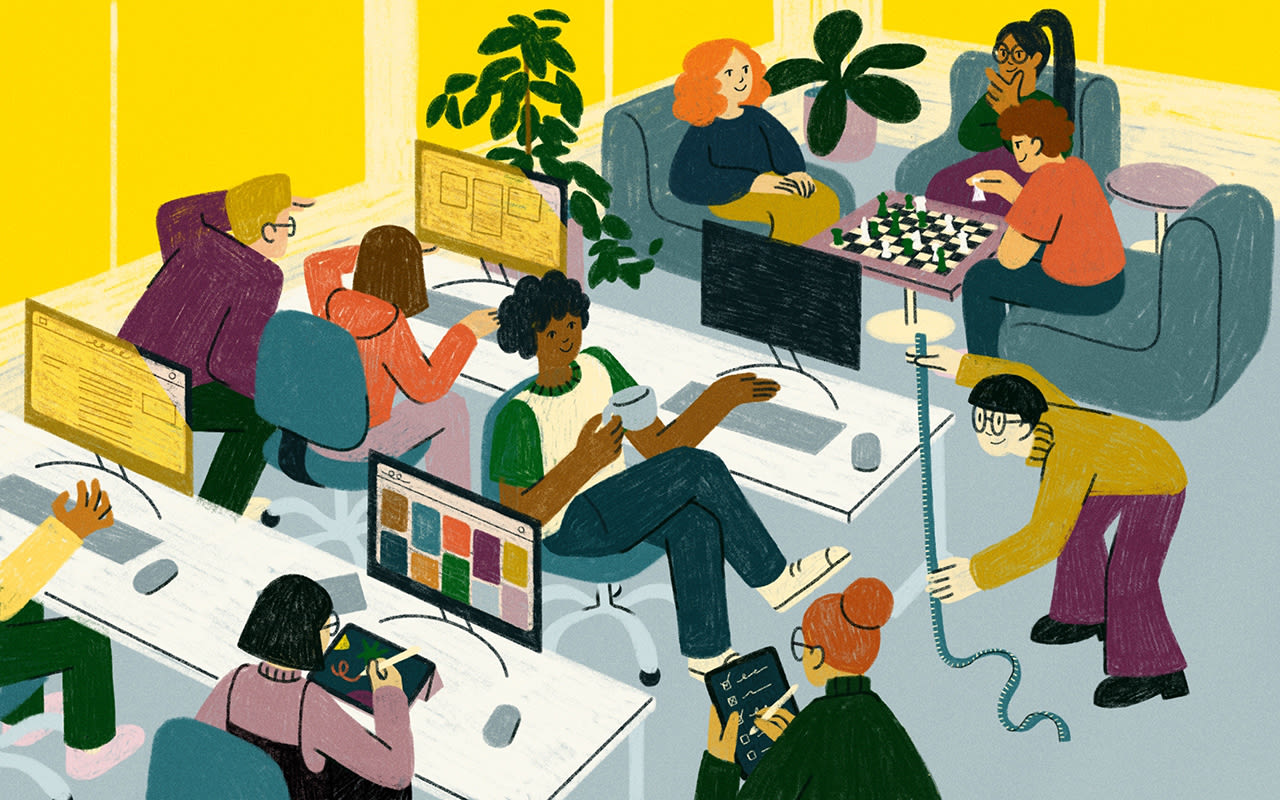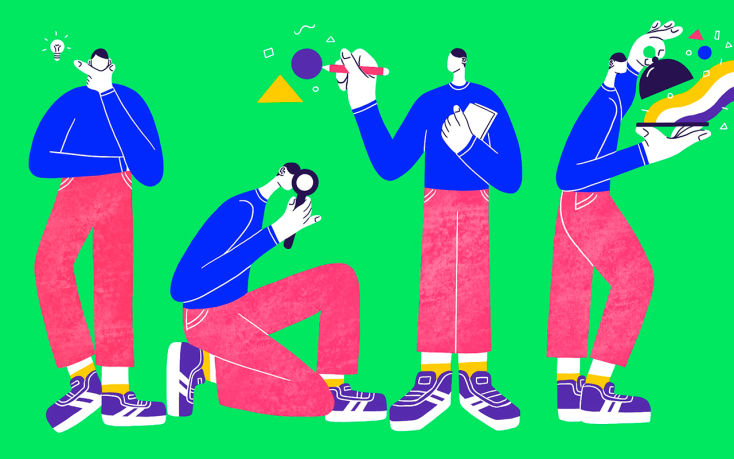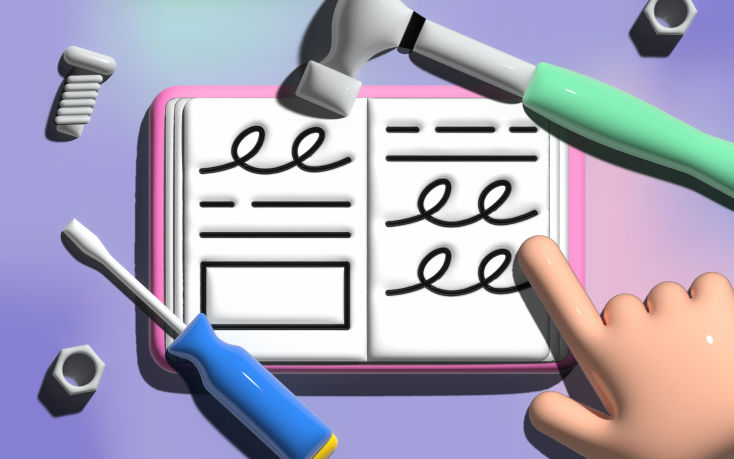Leveling up employee experiences amid the Great Resignation

“We all had to dance to the music at the party—regardless of whether or not we wanted to. Everyone was invited with no choice but to attend.”
My taxi driver, Ricardo, solemnly shared this analogy about the coronavirus as he skillfully navigated the streets of Ensenada, a port city off the Pacific Coast of Mexico’s Baja California peninsula. At this moment, it was impossible not to reflect on COVID-19’s effect on our personal and professional lives.
Defining the Great Resignation and its impact
Regarding our professional lives, perhaps one of the most fascinating and unexpected outcomes has been the mass resignation of working professionals that economists have dubbed “The Great Resignation.”
How many individuals have called it quits thus far? Over 4.3 million in the US as of August 2021, according to the US Department of Labor. In Australia, a recent Gartner survey reported that one in four Aussies are on the lookout for a new job.
What is driving this phenomenon? According to Professor Anthony Klotz, the Texas A&M instructor who coined the term Great Resignation, “When we come into contact with life-threatening events, we tend to reflect on death and consider whether we are happy with our lives or whether we would like to make changes to them.”
Professionals are leaving their positions in nearly all industries. The Harvard Business Review wrote that resignations have been particularly high in the tech and healthcare industries, which have “experienced extreme increases in demand due to the pandemic, likely leading to increased workloads and burnout.” Organizations with UX teams are no exception. We recently asked Jared Spool what would be a significant upcoming trend in UX? He answered the Employee Experience. Specifically, that “UX people will be the logical folks to start looking at this because they have a language and tools to talk about experience.”
What is Employee Experience, and why is it important?
Drawing inspiration from the venerable Don Norman and Jakob Nielsen’s definition of User Experience, the Employee Experience from a UX perspective refers to all aspects of an employee’s interaction with their company. This encompasses everything, from high-level organizational policies to the small details of their day-to-day responsibilities.
The Employee Experience has always been crucial to the attraction and retention of outstanding employees—which is closely tied to any company’s economic success. It becomes more significant than ever with the US Bureau of Labor reporting over 10.4 million job openings at the end of August 2021 in conjunction with the widespread resignations.
How can UX practitioners help alleviate the Great Resignation?
We can engage in what we do best: following a human-centric design framework.
Listen and observe: Begin by reviewing what your organization already knows. Connect with people managers within the UX team and cross-functional collaborators from HR and Talent Acquisition to better understand employee retention (or lack thereof) at your company.
These conversations should lead to a greater understanding of what’s working well and what’s not in terms of employee satisfaction. From there, try scheduling time with colleagues—and even former colleagues—to understand what they enjoy/don’t enjoy about working at your organization.
As time allows, you might even quantify the impact of resignations on key business metrics to share with key stakeholders. This could potentially lead to formal support and budget to improve the employee experience at your organization!
Ideate: Aided with an understanding of the context and scope of employee satisfaction at your organization, begin brainstorming potential initiatives to fill gaps and needs. Generate names and descriptions about their details.
Prototype and gather feedback: Bring your ideas to life! Pilot them with actual users. As with product designs, they can be low-fidelity to minimize required time and resources. Afterward, don’t forget to gather feedback from the participants; in this case, the employees you’re designing for.
Iterate and implement: Leverage the information you used in the previous phase to improve—or even create new—initiatives to enhance the employee experience. Once you’ve refined the program and have buy-in from key stakeholders, you can implement and scale.
Building blocks of an improved Employee Experience
While the particular steps needed to improve Employee Experience at each organization will vary from company to company, here are several high-potential opportunity areas based on conversations I’ve had with UX, Program Management, and HR professionals.
Onboarding: This is an organization’s opportunity to make a great first impression. The process should be engaging and relevant—rather than mundane and tedious. Especially in remote onboarding, they should share how to navigate remote/hybrid working environments and explain any new company policies. We only have one chance to make a first impression, and creativity plus empathy can go a long way in this regard.
Flexibility: As countless organizations transitioned to work-from-home, employees are becoming accustomed to the perks that come with no longer being tied to an office. More time to spend with loved ones as a result of eliminated commute times. More funds to use on items and experiences from reducing the costs associated with vehicle operation and maintenance. Whether it’s a full-remote or hybrid setup, flexible work conditions have become a key element of a great Employee Experience.
Connection: While the benefits of remote work outweigh the cons for many, human connection has decreased with the lack of in-person serendipitous interactions. As social creatures, this sense of connection and belonging is still important. Thus, virtual team-building experiences and periodic safe gatherings following local guidelines can help fill this gap.
Career fulfillment and professional development: One of the amazing aspects of working in UX is the variety of industries you can work in. UX professionals often seek meaningful work in which they’re tackling interesting challenges and helping people. They also want to grow their hard and soft skills. Creating and highlighting these opportunities to employees can go a long way towards improving the Employee Experience and boosting retention.
Moving onwards and upwards
We might not have predicted The Great Resignation, but it serves as an incredible opportunity to pause and reflect on the Employee Experience. What is working well? What isn’t? How can we improve it? There are countless possibilities, including improved onboarding, flexibility, connection, and professional development opportunities. Following human-centric design can be a powerful step towards answering these questions. Continue the conversation by sharing your experiences and thoughts with us on the Dovetail Slack!
Written by James Vinh, President, San Diego Experience Design Professionals. James is President of San Diego Experience Design Professionals, where he leads over 2,800 UX Professionals in cultivating a vibrant local design community centered around inspiration, connection, and education. He received a B.S. in Human-Computer Interaction from UC Irvine and specializes in qualitative user research, with previous professional experience in Biotech at Thermo Fisher Scientific and Medical Devices at Reflexion Health. James believes that leveraging user research to understand and empathize with users leads to memorable, impactful experiences. James is vehement about advocating the value of user research and engaging cross-functional team members throughout the research process.

Users report unexpectedly high data usage, especially during streaming sessions.
09:46AM24 Sep, 2024
Users find it hard to navigate from the home page to relevant playlists in the app.
11:32AM9 Mar, 2024
It would be great to have a sleep timer feature, especially for bedtime listening.
15:03PM13 May, 2024
I need better filters to find the songs or artists I’m looking for.
4:46PM15 Feb, 2024Log in or sign up
Get started for free
or
By clicking “Continue with Google / Email” you agree to our User Terms of Service and Privacy Policy




